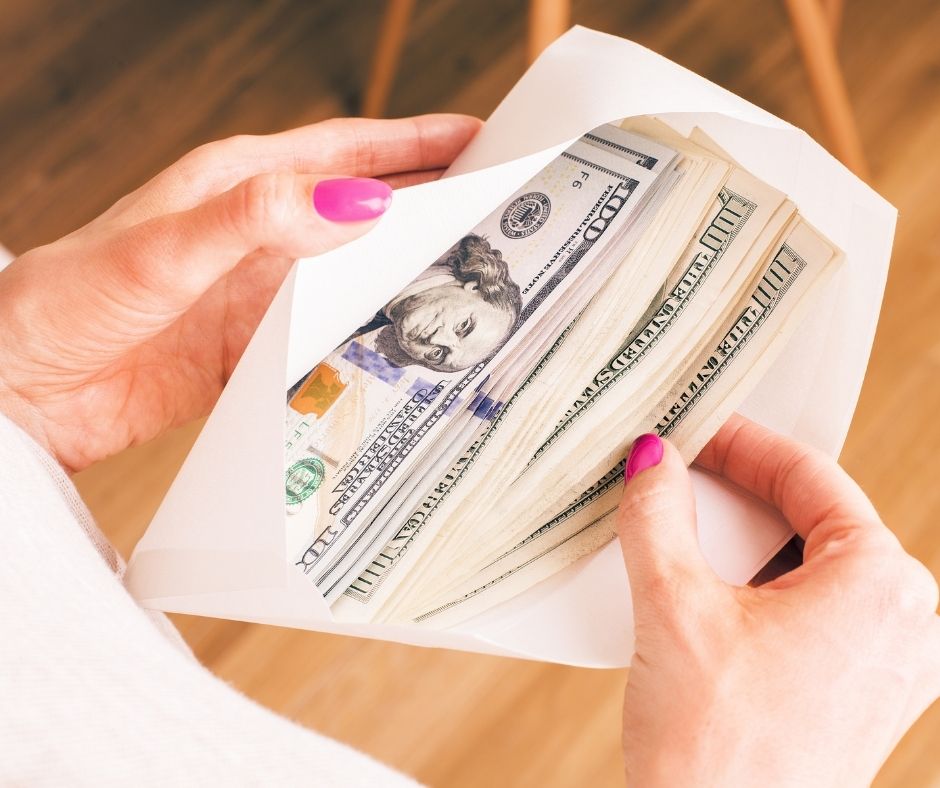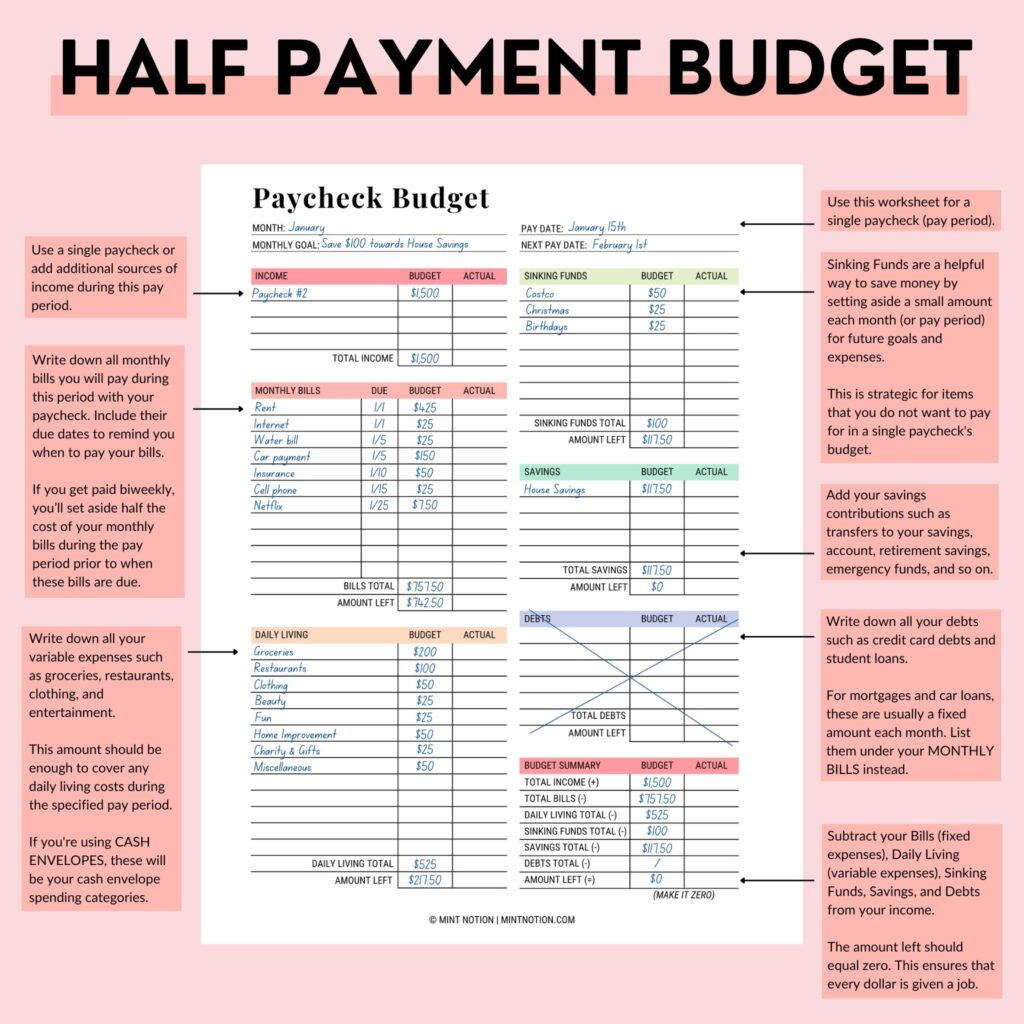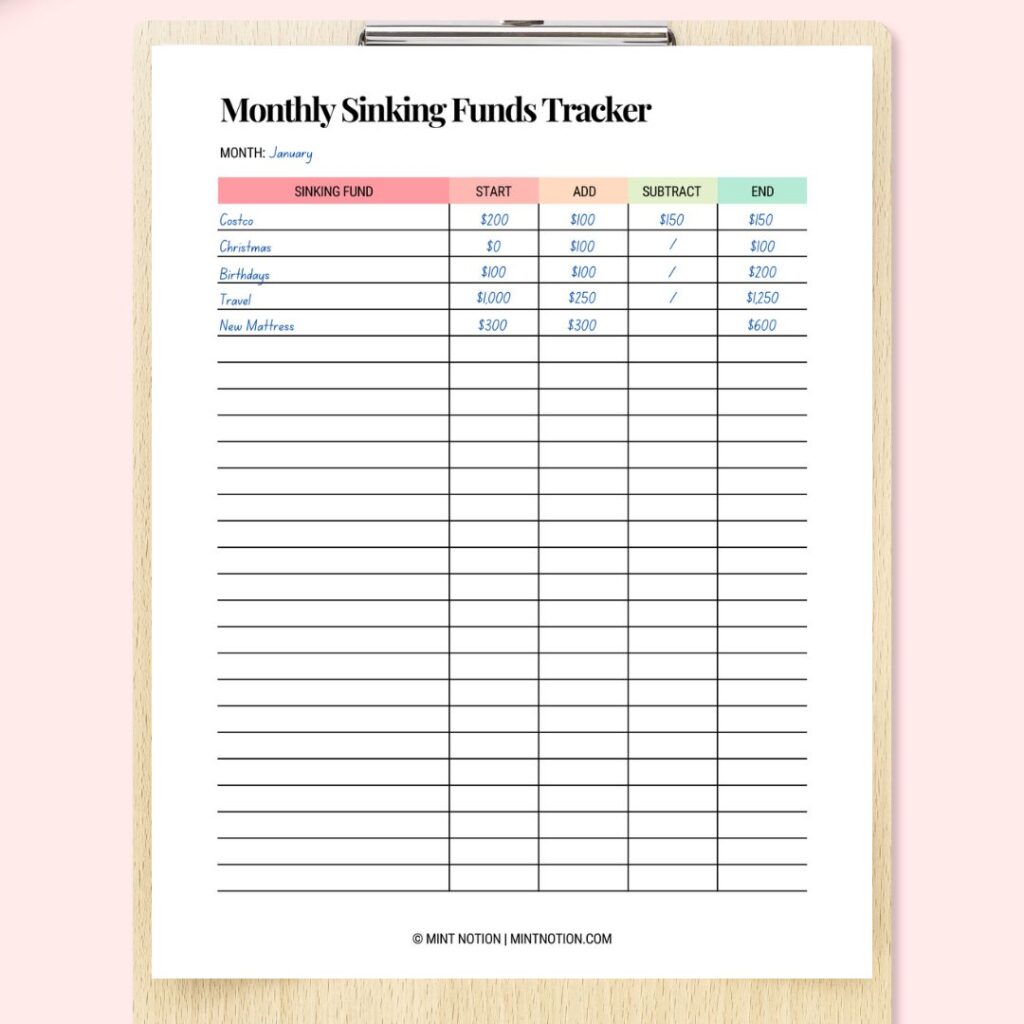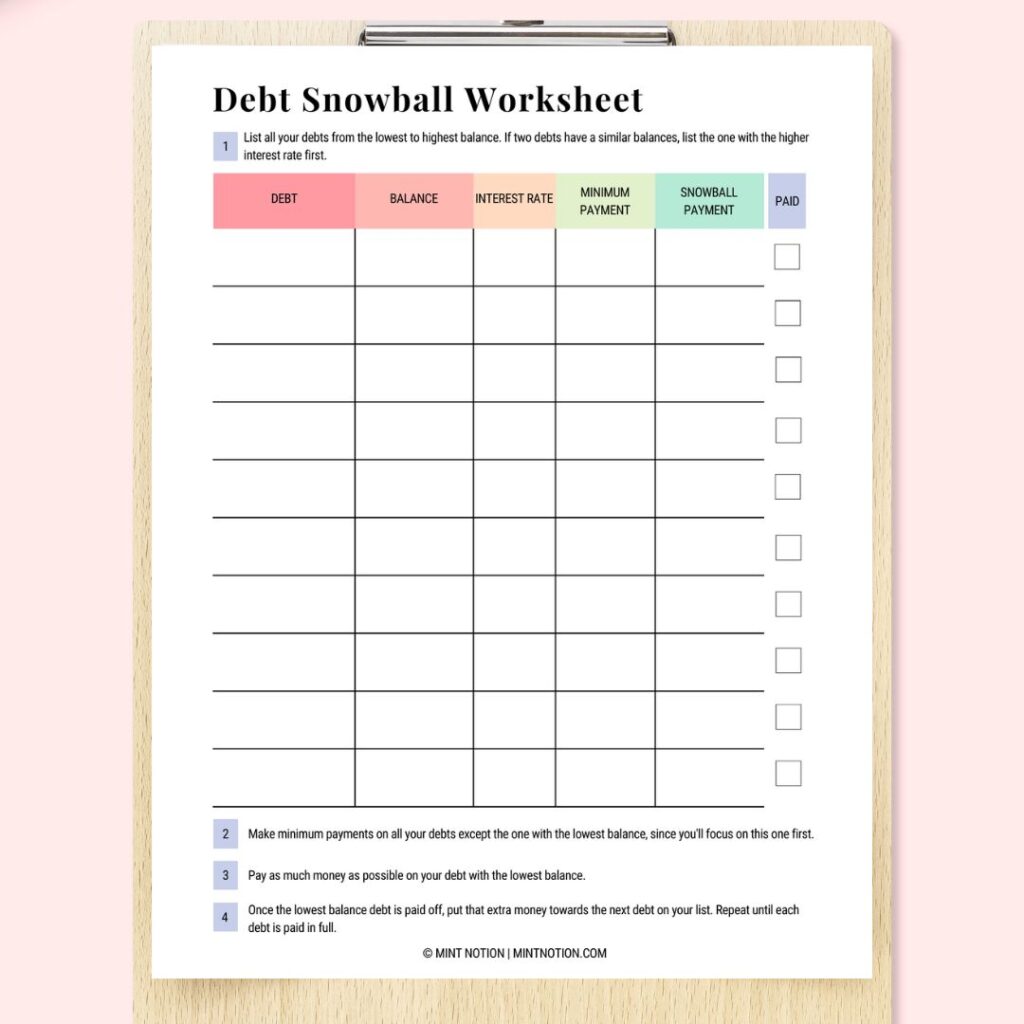The Applications are open to apply for the M2L Summer School 2025 in Croatia. It is a Fully Funded 5 Day Summer School in Europe, Taking Place in Split, Croatia from 8-12 September 2025. Candidates from all around the world are eligible to apply for the Mediterranean Machine Learning (M2L) Summer School 2025. The Program is open to the Bachelor’s, Master’s, PhD, and Postdoc Students. There is no application fee for the Bachelor’s, Master’s, PhD students, and the Scholarships are available to cover the Cost of Travel, Accommodation, and Program Fees. The M2L International Summer School is an educational program focused on Machine Learning, AI, Computer. The Objective of this program is to train and gain knowledge on Machine Learning Fields, AI, and other related fields. Participants will attend lectures, and practical sessions led by experienced AI experts from around the world. More details are below.
Details About M2L Summer School 2025 in Croatia
- Host Country: Croatia
- Location: Split
- Program Dates: 8-12 September 2025.
- Duration: 5 Days
- Benefits: Fully Funded
- Deadline: 28th March 2025
Also Check: EEML Summer School 2025 in Bosnia and Herzegovina (Fully Funded)
Financial Benefits
The Scholarship Covers:
- Registration Fees
- Accommodation
- Travel Expenses
- No Application Fees
Also Check: Netherlands ASPIRE Summer Student Program 2025 (Fully Funded)
Program Topics
- Computer Vision
- Natural Language Processing
- Generative and diffusion models
- Reinforcement learning
- Applied deep learning
- Neuroscience
- Ethics in machine learning
Also Check: Summer School 2025 in Sweden (Fully Funded)
Eligibility Criteria
- The Program is open to all the Nationals.
- Target Audience:
- Researchers, PhD students, and professionals with relevant machine learning experience are prioritized.
- Exceptional Master’s and Bachelor’s students are also welcome to apply.
- Required Background:
- Applicants should possess a technical background.
- Initial understanding and practical experience in machine learning are necessary.
Also Check: Best Summer Programs in Europe in 2025 (Fully Funded)
Required Documents and Evaluation
Applications will be evaluated on the following Metrics:
- Motivation
- Education
- Research interests and practical experience
- Community involvement / Outreach activities
Program Timeline
- Applications Closing Date: 28th March 2025 23:59 (AoE)
- Notification of Acceptance: Early May 2025
- Registrations Opening Date: Early May 2025
- School Dates: 8-12th September 2025
Also Check: EC Blue Book Traineeship 2025 in Europe (Fully Funded)
How to Apply for the M2L Summer School 2025 in Croatia?
Applicants have to apply online from the official website. The Registration is Free of cost. The Link to the official website is below.













